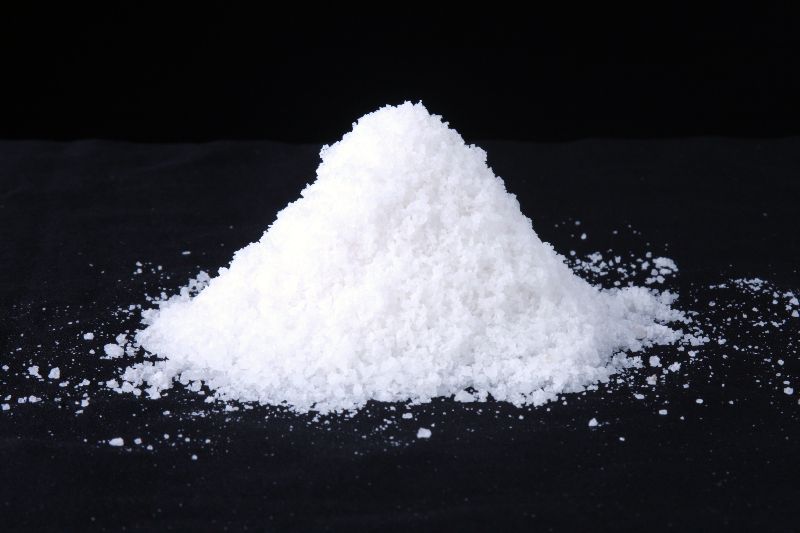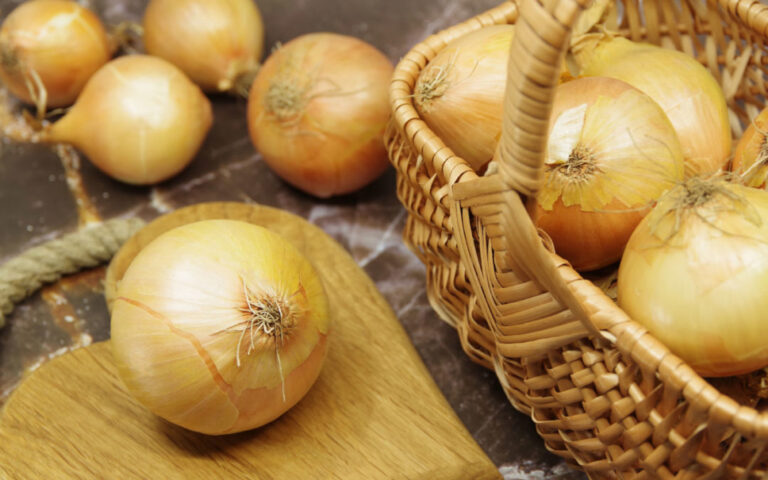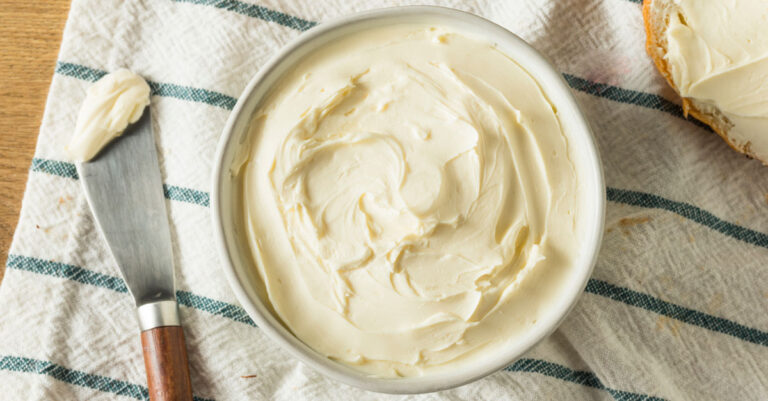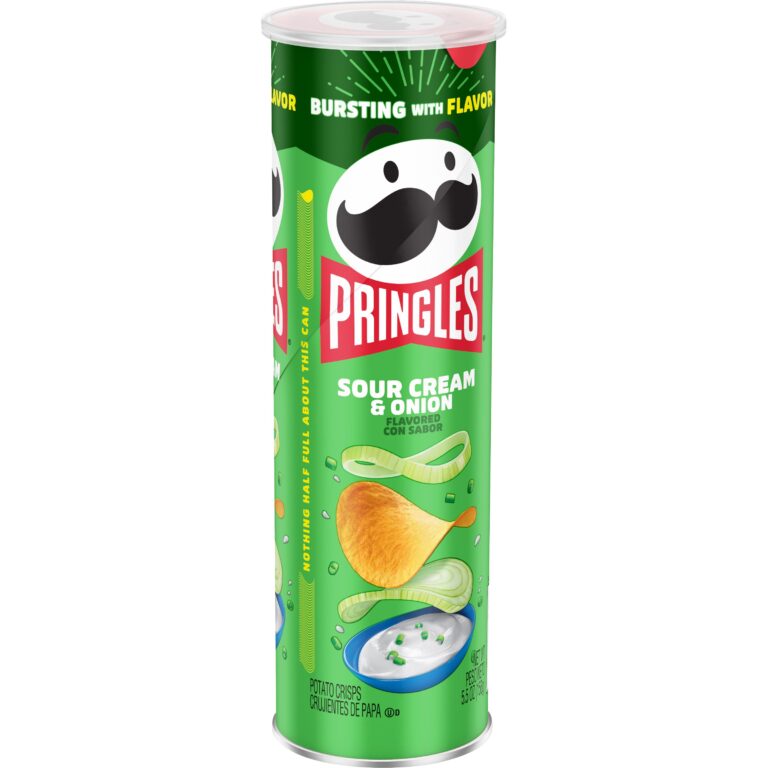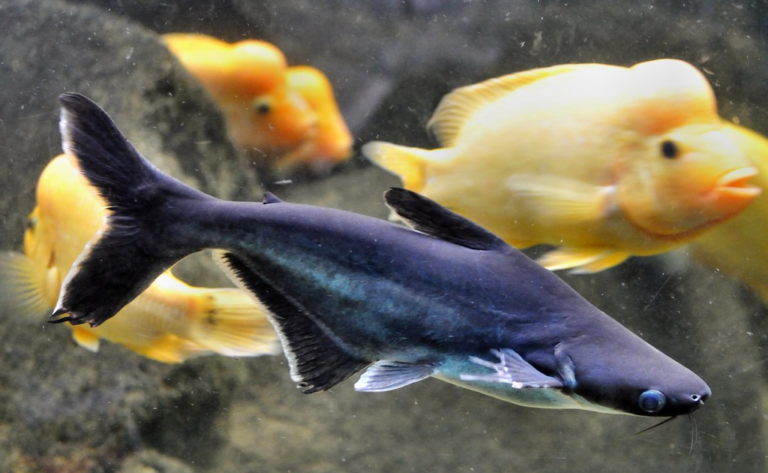What Is the Solute in a Salt Solution Like Brine? The Key Ingredient
Brine, a common household term, is more than just salty water. It’s a solution with a unique and fascinating chemistry. But have you ever wondered what the solute in a salt solution like brine is?
The solute in a salt solution like brine is sodium chloride, which is commonly known as table salt. In the context of brine, sodium chloride (NaCl) is the substance that gets dissolved in water. When you mix salt (the solute) with water (the solvent), it forms a salt solution, and this solution is what we refer to as brine
Now, let’s go out on this exploration to clarify the elements of it and make sense of it for both scientists and the general public.
The composition of Brine
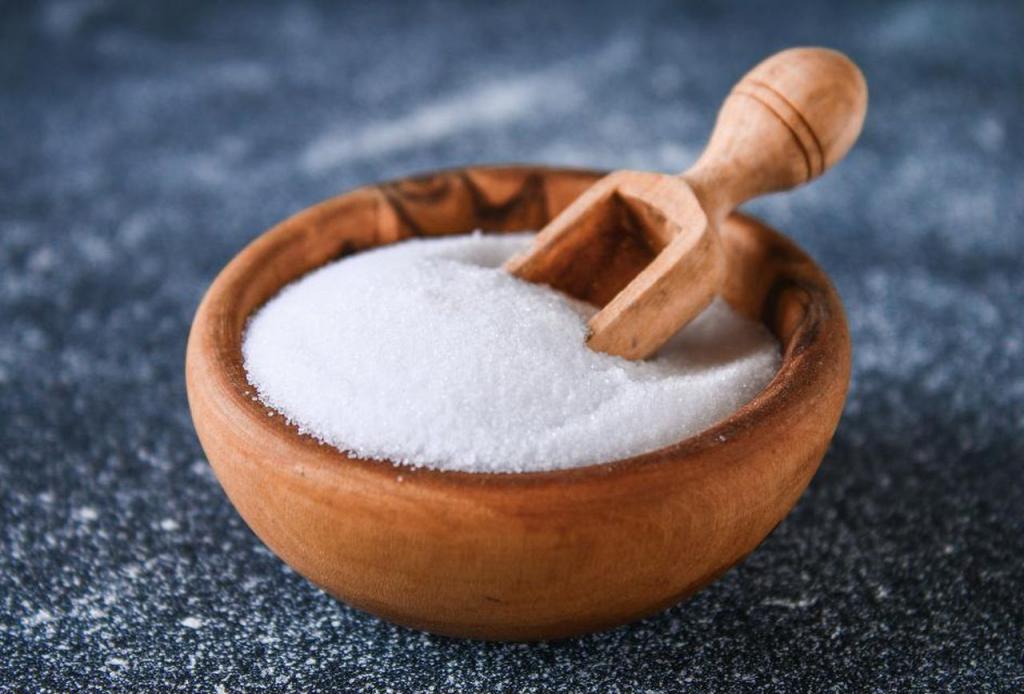
Here’s a breakdown of the typical composition of brine:
Sodium Chloride (NaCl):
Sodium chloride is the primary solute in brine and provides its characteristic salty taste.
It is the most abundant component and can vary in concentration depending on the application.
Water (H2O):
Water serves as the solvent that dissolves the sodium chloride and forms the brine solution.
The water content in brine can also vary, affecting the concentration of salt.
Impurities and Contaminants:
Depending on the source of it and its intended use, also may contain impurities and contaminants. These can include minerals, metals, and other dissolved substances present in the source water.
Additives:
In some cases, additives such as anti-caking agents or preservatives may be included, especially in commercial or industrial brine solutions to enhance their stability or shelf life.
Preparation of Brine Solution
Here’s a general outline of the steps to prepare a brine solution:
Materials and Equipment:
- Sodium chloride (NaCl)
- Water (H2O)
- A clean container or vessel for mixing
- Measuring utensils (e.g., measuring cups or scales)
- Stirring utensil
Steps to Prepare a Brine Solution:
Determine the Desired Concentration:
- Depending on your specific application, decide on the desired concentration of the salt in the brine solution. For culinary uses, like pickling, typical concentrations can range from 5% to 10% salt by weight. In industrial applications or scientific experiments, concentrations may vary.
Measure the Amount of Salt (NaCl):
- Measure the appropriate amount of sodium chloride (NaCl) based on the desired concentration. You can use a scale to measure the salt by weight for precise results.
Measure the Amount of Water:
- Measure the corresponding amount of water needed to achieve the desired concentration. The amount of water will depend on the amount of salt used and the desired concentration. Use clean, preferably distilled water for accurate results.
Mixing the Brine:
- In a clean container or vessel, add the measured amount of water.
- Slowly add the measured sodium chloride (salt) to the water while stirring continuously. Stir until the salt is fully dissolved in the water.
- The brine solution is now ready for use. If necessary, you can adjust the concentration by adding more salt or water and stirring until well-mixed.
Storage:
- Store the brine solution in a clean, sealed container. Make sure to label it with the concentration and any relevant information.
Uses of Brine Solution
Here are some common uses of brine solution:
- Food preservation: Preserves cucumbers, olives, and fish, extending shelf life by inhibiting bacteria and microorganisms.
- Flavor enhancement: Makes meat juicier and more flavorful by brining before cooking.
- De-icing and snow removal: Prevents ice formation on roads and walkways.
- Chemical manufacturing: Key ingredient in making chlorine, caustic soda, and other chemicals.
- Metal processing: Used for cooling and quenching in metalworking.
- Cooling systems: Acts as a cooling agent in industrial refrigeration.
- Sample preservation: Preserves biological and chemical samples in laboratories.
- Chemical reactions: Used in some reactions requiring precise temperature control.
- Oil and gas drilling: Controls downhole pressure and aids in drilling processes.
- Health and medical uses: Used in saline solutions for wound cleaning and IV fluids.
- Water treatment: Regenerates ion exchange resins in water softening.
- Geological and environmental uses: Represents underground saline aquifers for studies.
- Baking and bread making: Creates a crisp crust on baked goods.
- Wood preservation: Protects wood from decay and insects.
Importance of Understanding the Solute in Brine
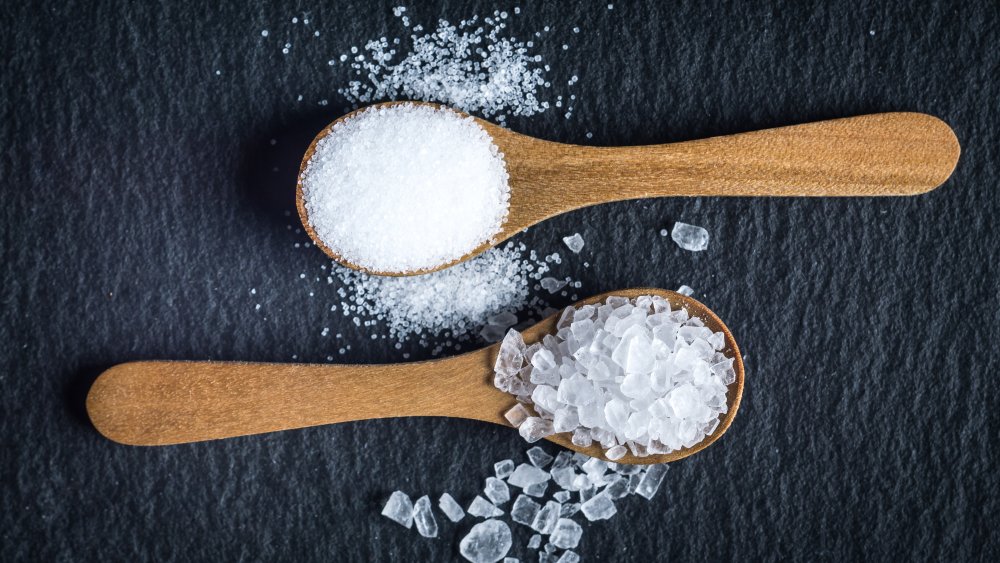
Here are several reasons why understanding the solute in brine is important:
- Food Safety and Quality: Ensures proper salinity and pH levels for food safety and taste.
- Preservation and Pickling: Allow for the right salt concentration for preservation and flavor.
- Flavor Enhancement: Enhances taste, tenderness, and juiciness of foods, especially meats.
- Chemical and Industrial Processes: Affects chemical reactions, product quality, and safety.
- De-Icing and Snow Removal: Impacts efficiency in melting ice on roads and walkways.
- Environmental Impact: Influences the environment and water bodies.
- Industrial Refrigeration and Cooling: Critical for efficient heat transfer and equipment safety.
- Chemical Manufacturing: Vital in the production of chemicals like chlorine and caustic soda.
- Quality Control: Ensures consistency and reliability in production.
- Health and Medical Applications: Essential for wound care, IV therapy, and pharmaceuticals.
- Laboratory Research: Fundamental for experiments and sample preservation.
- Safety and Health Considerations: Crucial for health and safety assessments and environmental impact.
FAQs
What is the solute in a salt solution like brine?
The solute in a salt solution like brine is sodium chloride (NaCl).
What is the solvent in a salt solution like brine?
The solvent in a salt solution like brine is water.
What is a brine solution called?
A brine solution is often simply referred to as “brine.”
What are the 4 types of solute?
Solutes can be categorized as ionic, molecular, polar, or nonpolar compounds based on their chemical characteristics and behavior when dissolved in solvents.
Why is salt called a solute?
Salt is referred to as a solute because it is the substance that gets dissolved in a solvent, typically water, to create a solution like brine
Final Words
To wrap up, the solute in a salt solution like brine is mainly sodium chloride (table salt, NaCl). It plays a key role in preserving food, and enhancing flavor, and has a wide range of uses in various industries. Understanding this solute is essential for making tasty pickles, ensuring food safety, and success in different applications.

